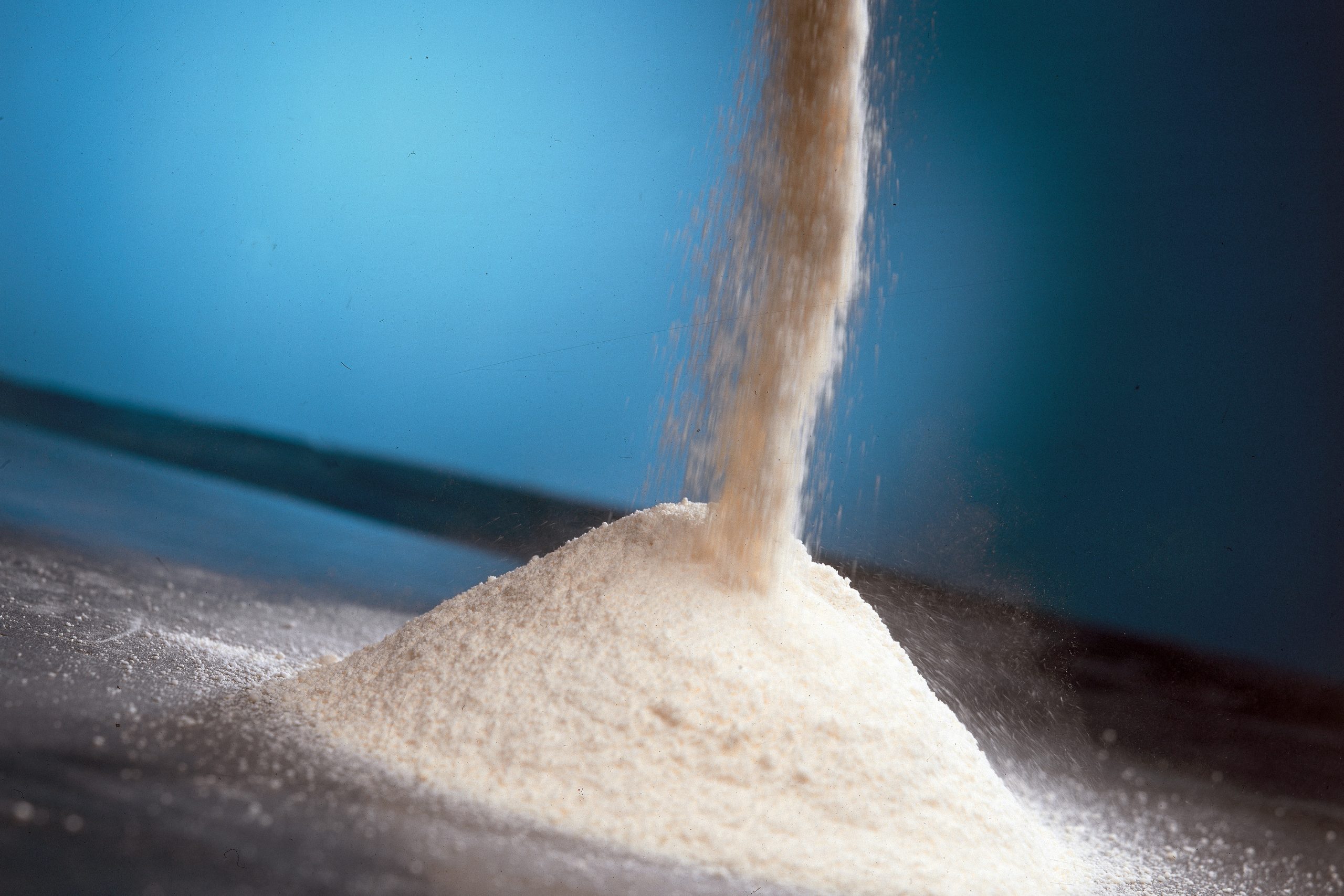Feed enzyme market to exceed US$2b by 2024

The animal feed enzymes industry, which accumulated a revenue of USD$1.1 billion in 2016, is set to surpass USD$2 billion by 2024, according to Global Market Insights, Inc.
A drastic change in the consumption patterns of dairy products and processed meat is likely to spur animal feed enzymes market growth. Consumer trends have also been depicting a change of late, with regards to the ingestion of protein-rich food. Not to mention, the growing consciousness to enhance the fodder quality is expected to create bright growth prospects for the business players who are eager to increase their geographical presence. Supported by intensive consumer preferences for the product over antibiotics, animal feed enzymes market is slated to expand at a lucrative growth rate over 2017-2024.
Growth in Russia
Animal feed enzymes market has adequately established itself across myriad geographies. Europe animal feed enzymes industry, for instance, which is estimated to garner a revenue of more than USD$860 million by 2024, will grow at a CAGR of over 6% during 2017-2024. Escalated presence of industry majors with access to effective distribution network channels will enhance the regional growth. Widespread livestock production in the region is also anticipated to further contribute toward the revenue. As per forecasts, Spain, Russia, and Germany are expected to catalyse the business expansion. In fact, Russia animal fed enzymes industry is expected to accrue a massive revenue, subject to high pork consumption across the country.
Asia Pacific animal feed enzymes industry, which accrued a revenue of over USD$220 million in 2016, is set to expand at the rate of 7.5% over the period from 2017 to 2024. Increase in the intake of meat in countries such as India, Japan, and China coupled with rising cognisance about the livestock ailments will provide a boost to the business. Execution of stringent food safety norms along with heavy consumer demand for fodder additives is predicted to favourably leverage the development of US animal feed enzymes industry.
Poultry contributes to growth
Livestock such as ruminants, poultry, swine, and aquaculture are the major consumers of animal feed enzymes. Poultry, which accounted for over 40% of animal feed enzymes market share in 2016, is projected to majorly impact the industry revenue in the coming years. Increase in the intake of eggs and meat in the form of protein rich diet will benefit the segment growth, as per analysts.
Aquaculture is a relatively profitable segment of animal feed enzymes industry. Growing consumer consciousness regarding the health benefits of a fish-based diet will undeniably impel animal feed enzymes market size from aquaculture, slated to grow at a cumulative rate of more than 7.5% over 2017-2024. The heavily expanding fishing industry across the globe has made significant contributions toward animal feed enzymes market growth.
Ruminant applications are expected to generate a revenue of more than USD$450 million by 2024, thereby lucratively impacting animal feed enzymes industry size. Swine applications, on the other hand, are forecast to register gains of more than 6.5% over the coming timeframe with the growing demand for pork in Asian countries such as Indonesia, China, and Thailand.
Most enzymes in dry form
Animal feed enzymes are available in the liquid and dry forms. Dry formulation, which contributed to more than 75% of the overall animal feed enzymes market share in 2016, is predicted to drive the segment growth over the coming years, which can be attributed to the availability of the product in powdered and capsule forms. Beneficial product features such as exceptional enzyme activity, thermal stability, and handiness will also augment the formulation demand. Abundant availability of animal feed enzymes in the liquid form at competitive costs is slated to augment the growth of liquid animal feed enzymes industry.
Also read: Enzymes still fastest growing segment – enzymes is the fastest growing segment in the feed additives market. According to a report, the feed additives market is projected to reach a value of US$20.71 billion by 2021, at a CAGR of 4.3% from 2016 to 2021.
Key enzymes
Non-starch polysaccharides, phytase, carbohydrase, and protease are the key animal feed enzymes products. Phytase animal feed enzymes market, which made remarkable contributions of over 40% towards the global industry size in 2016, is forecast to display a CAGR of nearly 6.5% over the years ahead. High phosphorus content of the product will help in enhancing the reproductive and metabolic capabilities in the livestock along with fodder quality, which will substantially drive animal feed enzymes market demand.
Lower production costs
Protease animal feed enzymes industry, which generated a profit of more than USD$150 million in 2016, is set to generate heavy revenue over the coming years. Lower product costs along with a heavy supply of enzymes such as amino acids and peptides in swine and poultry diet will boost the growth. Growing demand for non-starch polysaccharides as animal feed enzymes can be attributed to its ability to improve digestion, reduce the cholesterol proportion in the human body, act as a binding agent for proteins, and maintain pH levels.
Fierce competition
Global animal feed enzymes industry is characterised by fierce competition, with new entrants and established players vying for securing their position in the business space. Industry participants are trying to establish their dominance by introducing new products, technological innovations, high R&D expenditure, and joint ventures. BASF SE, Chr. Hansen A/S, Beldem S.A., Flavorchem Corporation, Novozymes, Rossari Biotech Limited, Koninklijke DSM N.V., Nutralliance Incorporation, Allied Biotech Corporation, Danisco A/S, RohaDyechem, Divis Laboratories Limited, Alltech, Zhejiang NHU Company Limited, Adisseo AB Vista, and Shenzhen Leveking Bio-Engineering Company Limited are the major business players of animal feed enzymes industry.
[Source: GMI]











